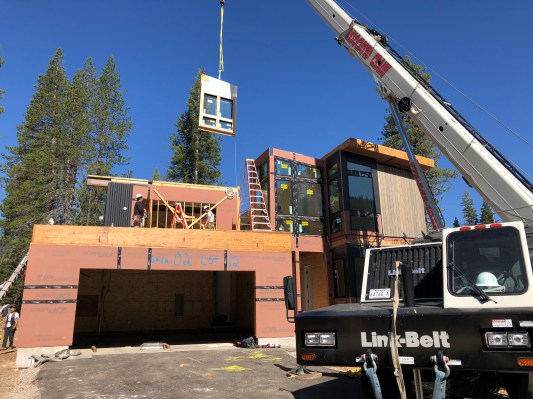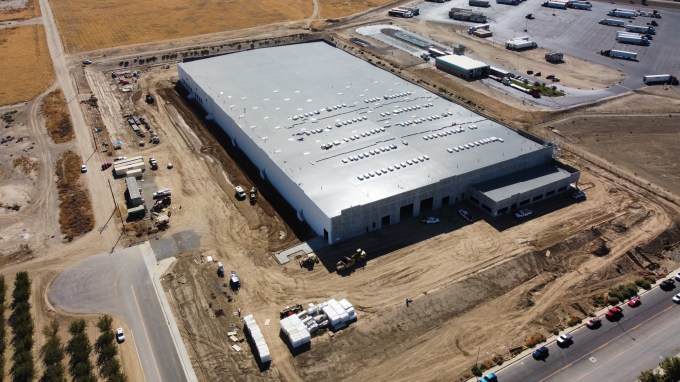Plant Prefab nabs $42M to crank out ‘extremely sustainable’ custom homes

Prefabricated homes always seem to be on the cusp of something big — solving housing shortages, tackling systemic waste or just generally ushering in the “very up-to-date.” But in the U.S., new prefab housing still represents a small fraction of the market (around 2% of single-family homes built in 2021, for example).
By now it’s clear that prefabrication wasn’t a cure-all for America’s housing crises, but Plant Prefab says its take on it — along with $42 million in additional funding and a new factory — will still make an impact, eventually delivering as much as 900,000 square feet of “extremely sustainable” and “extremely healthy” housing per year. The startup estimates that’ll represent around 800 units annually, in a mix of homes, apartments and condos.
Plenty of startups do prefab dwellings, including Veev, Mighty Buildings, Cover, Modulous and Factory OS. Plant Prefab says its focus on developing custom-built homes for urban areas is unique.
“The vast majority of companies out there are focused on standard homes,” offering a selection of models with customizable finishes and fixtures, CEO Steve Glenn told TechCrunch. In contrast, he said Plant Prefab works with architects to prefabricate their designs, because they “understand local vernacular, local permitting process, local materials and local needs.” He added, “we want to give them a more efficient way.”
The CEO described Plant Prefab’s building system as, “in a sense, our own Legos.” The company produces panels with infrastructure built-in. “We combine it into specialized modules for kitchens baths, utility courts — in other words, the expensive parts of the home,” he said. And on the software side, Glenn said the company offers a 3D configurator and works with third-party CAD software to build a “structural, mechanical, electrical and plumbing model of every home we build, so that we’re able to create absolutely precise takeoffs” and limit construction waste.
The new, automated facility will be a “big step change for us,” Glenn told TechCrunch. He said the company currently produces around 40 homes a year via two other facilities. “Our average project is three months, so we’re pretty damn fast, but significantly faster in the new facility, and at a much lower price point,” he added. As things were, Glenn said the company netted $16 million in revenue last year.

An aerial view Plant Prefab’s incoming factory in Tejon Ranch, California. Image Credits: Plant Prefab
Citing carbon emission savings associated with city living, Glenn believes the firm’s focus on speedier urban infill will ultimately help the planet. The company’s environmental claims also include designing for energy and water savings, using recycled drywall and insulation as well as environmentally friendlier paints, and buying carbon offsets to cover “the first two years of operation of our homes,” Glenn said. He added, “We designed the first home ever to be certified LEED Platinum in the history of the program [and we’ve] had over 30 homes certified LEED Platinum.” The startup’s also a B Corp.
Not counting electricity, the building sector made up 14% of U.S. greenhouse gas emissions in 2019. What’s worse is it’s headed in the wrong direction: The business is “not on track to reach net-zero emissions by 2050,” warned a 2022 report from the Information Technology and Innovation Foundation.
Plant Prefab’s new round consists of around $30 million in equity led by Brazilian steelmaker Gerdau, as well as $12 million in debt from Silicon Valley-based Western Technology Investments and ATEL Capital. Other investors to chip in on the equity side include Tokyo-based chemical company Asahi Kasei, a Brown University alumni group and Unreasonable Collective, an entrepreneurship club. That’s in addition to early top-ups from firms like Amazon and Obvious Ventures.

